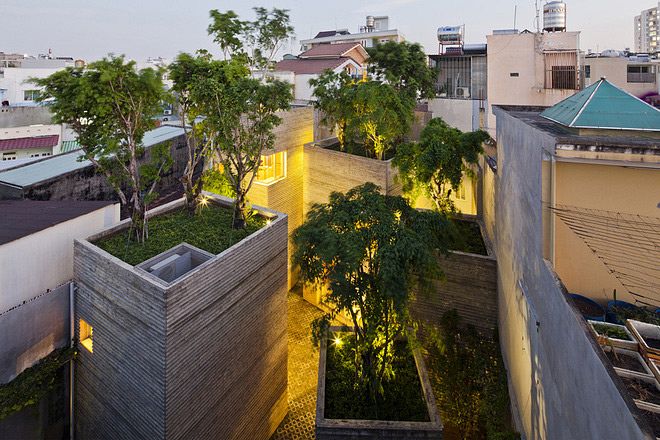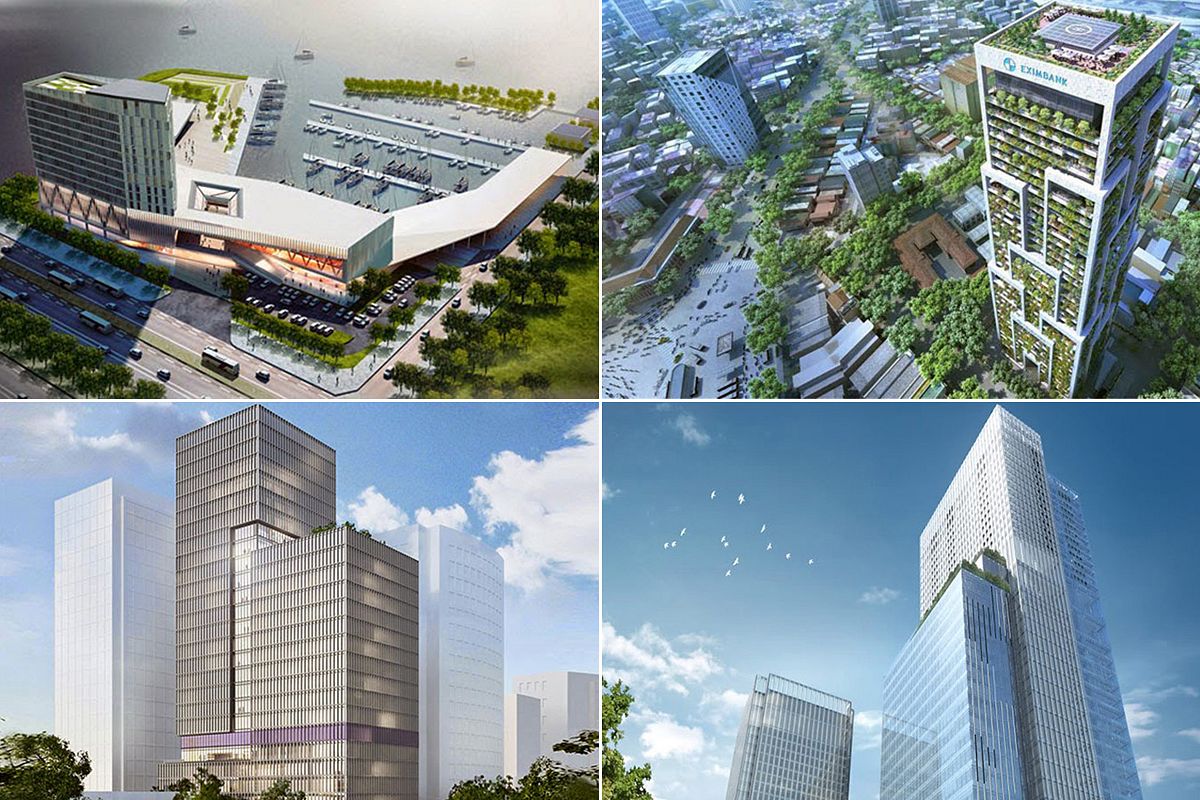Construction of the complex began in June 2018 and finished in about 10 months.
According to Tuoi Tre, the inauguration of the Dau Tieng Solar Power Complex, a cooperative project between the Xuan Cau Holding Co Ltd. and Thai conglomerate B.Grimm took place this past Saturday.
The US$392 million complex covers an area of 540 hectares in semi-submerged land at Dau Tieng Lake in Tay Ninh Province and has an installed capacity of 420 MW. It is expected to provide Vietnam’s national electricity grid with about 688 million kWh per year. The developers believe the solar power plant can meet electricity demand for all of Tay Ninh, while also supplying some power for other parts of southern Vietnam.
According to a report by Solarplaza, in 2018, Vietnam achieved almost 99% electrification; however, energy demand is expected to grow by 10% annually over the next five years, meaning overall capacity will need to double. The development of renewable energy sources is therefore necessary to ensure energy security and meet the growing power demand.
In fact, the Ministry of Industry and Trade admitted to Reuters in late July that national demand for electricity will easily outstrip supply by 2021, presenting businesses and households with a looming energy crisis.
The country is believed to have great potential for solar development. The Solarplaza report shows that the average solar radiation amounts to five kWh per square meter, which is comparable to that of Spain and Italy. VNECO also reports that Vietnam has 2,000–2,500 hours of sunshine a year; energy produced from this would be equivalent to 43.9 million tons of oil.
Under such circumstances, in 2015, the National Renewable Energy Development Project to 2030 With Outlook to 2050 was officially approved by the government, aiming at promoting international cooperation and attracting investment into renewable energy in order to reduce the country’s dependence on traditional energy sources such as. hydropower and thermal power.
Regionally, the 10 ASEAN members have set a goal of having solar and other renewables account for 23% of the bloc's total primary energy supply by 2025.
This year, Deputy Minister of Industry and Trade Cao Quoc Hung told Tuoi Tre that Vietnam was witnessing a wave of investment in renewable energy: “The sheer number of projects approved show that this field is currently very attractive.”
Currently, solar energy accounts for 0.01% of Vietnam’s total power output. Quan Doi Nhan Dan reports that the government expects to increase the ratio to 3.3% by 2030, and 20% by 2050.
[Photo via Wikipedia]














